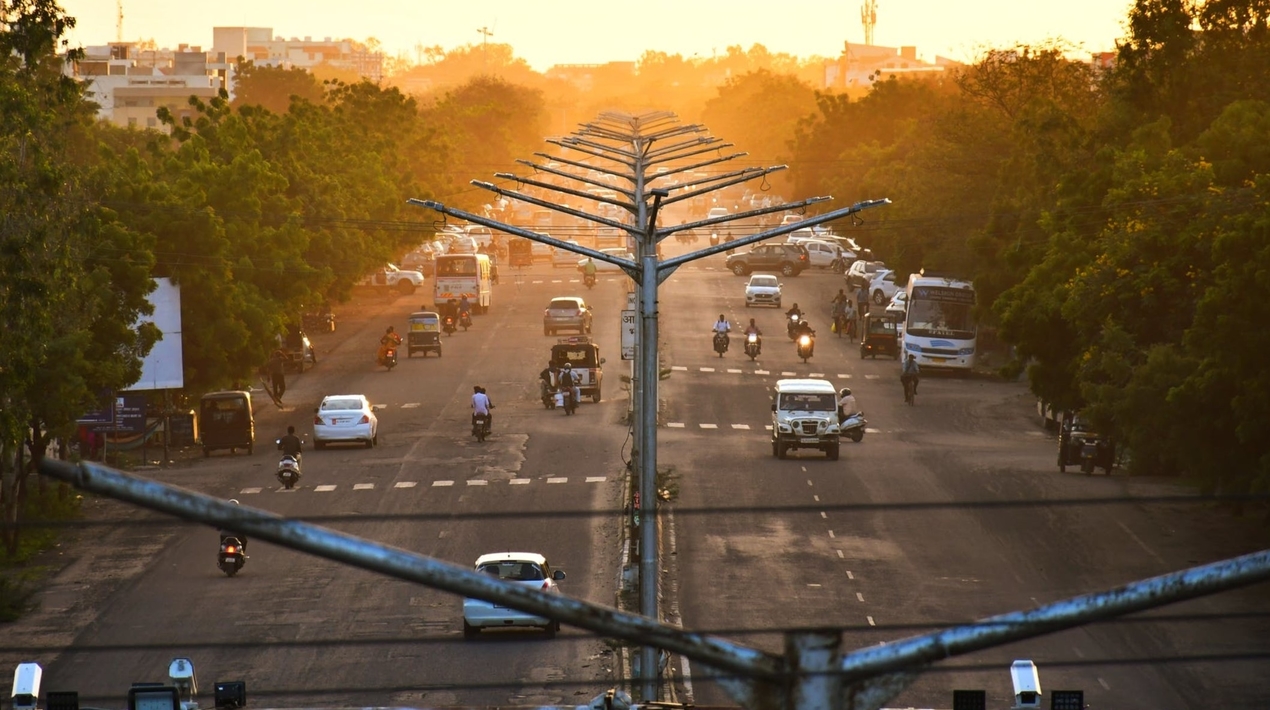
The Kerala state government plans to deploy artificial intelligence (AI)-based cameras on traffic-heavy roads in a bid to reduce accidents by half within the next two years. Traffic rules are expected to be more effectively enforced after the software is put in place, as it automates detecting road violations and issuing fines. Once the system captures the breach of the road rules, the footage will be sent to the central government’s server. The vehicle owner will receive an SMS regarding the fine, and, at the same time, the information will directly be sent to court. This will reduce corruption as it limits local authorities from waiving the penalty.
As per an article from the government’s AI portal, in the country, over 150,000 lives are lost every year due to accidents. More than 450,000 vehicle accidents are annually reported, with Kerala and other states contributing a fair share. In the state, 4,000 lives are lost and over 40,000 injured in vehicle accidents every year. Speeding is the primary cause of accidents in Kerala, therefore, the real-time camera tracking technology is expected to be an effective solution.
The government has directed states across the country to deploy technologies and digital initiatives to combat traffic violations, this reduces the need for human interference in road safety systems, making them more efficient. For example, in March, the Minister of Road Transport and Highways outlined several priority areas where AI could be deployed. These included forensic post-crash investigations, identifying the pattern of accidents due to black spots, fatigue indicators, sleep detectors, and advanced vehicle collision avoidance systems.
More recently, the Ministry of Electronics and Information had developed and launched an indigenous onboard driver assistance and warning system (ODAWS), a bus signal priority system, and a Common Smart IoT Connectiv (CoSMiC) software to improve road safety.
ODAWS uses sensors to monitor driver propensity and vehicle surroundings and send out acoustic and visual alerts. The ODAWS algorithm is used to interpret sensor data and offer real-time notifications to the driver, as OpenGov Asia reported.
Meanwhile, the bus signal priority system is an operational strategy that modifies normal traffic signal operations to better accommodate in-service public buses at signal-controlled intersections. Unlike blind priority, which is only used for emergency vehicles, the system operates using conditional priority. It will minimise person delay by providing priority to public transport buses, either through green extensions or red truncations, considering all vehicles approaching a signalised intersection.
CoSMiC is middleware software that provides the standard-based deployment of the Internet of things (IoT), which follows the oneM2M-based global standard. It facilitates users and application service providers in vertical domains to use application-agnostic open standards and interfaces for end-to-end communication with well-defined common service functionalities. The CoSMiC common service layer is used to interface with any vendor-specific standards and to increase interoperability with smart city dashboards. The horizontal silo architecture ensures interoperability between different IoT devices and applications and avoids vendor lock-in.
















